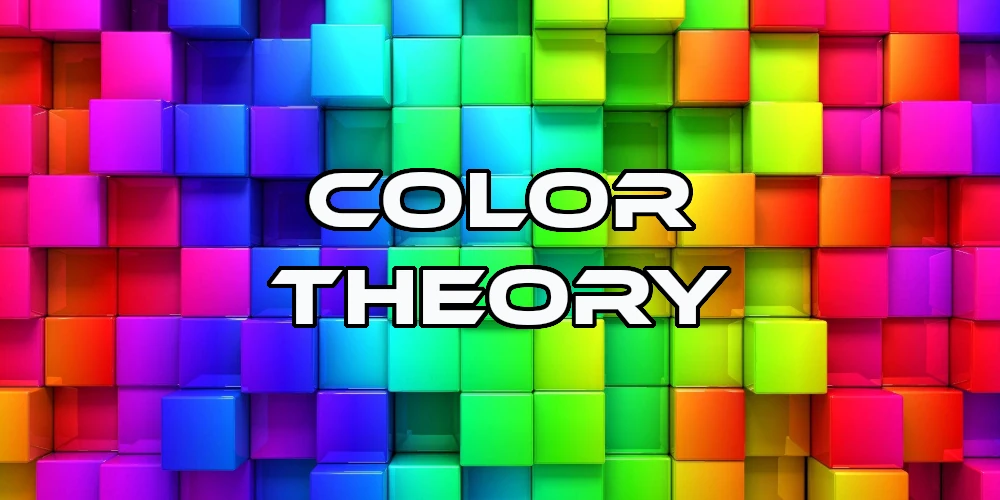
Color Theory: The Art and Science of Colors.
Color Theory is a field that explores the interaction, psychology, and application of color in various forms of visual representation, from art and design to marketing and more. This multidisciplinary area of study encapsulates a range of concepts, techniques, and terminologies that allow us to understand and effectively use color. The understanding of color theory not only benefits artists and designers but also has practical applications in everyday life, from choosing the right colors for your home to understanding the psychological impact of a brand’s color scheme.
The Basics: The Color Wheel
One of the fundamental concepts in color theory is the color wheel, a circular arrangement of colors that helps visualize the relationship between them. The wheel commonly includes:
- Primary Colors: Red, Yellow, Blue
- Secondary Colors: Green, Orange, Purple (obtained by mixing two primary colors)
- Tertiary Colors: Colors formed by mixing a primary and a secondary color, like blue-green or red-orange
Color Harmony
The concept of color harmony refers to the aesthetic and pleasing arrangement of colors. It is based on the principles of color relationships that can be observed on the color wheel, such as:
- Complementary: Colors opposite each other on the color wheel
- Analogous: Colors next to each other on the color wheel
- Triadic: Three colors evenly spaced around the color wheel
- Split-Complementary: One color combined with two adjacent colors to its complementary
Color Psychology
Color theory extends into psychology, exploring how different colors evoke specific emotional or psychological responses. For example:
- Red: Excitement, passion, energy
- Blue: Calm, trust, professionalism
- Yellow: Happiness, warmth, optimism
- Green: Growth, nature, relaxation
Understanding these psychological associations is crucial in fields like marketing, where the right choice of color can influence consumer behavior.
Practical Applications
The principles of color theory can be applied practically in various fields:
- Graphic Design: Designers use color theory to create visually appealing and effective layouts.
- Interior Design: The choice of colors can significantly affect the perception of space and emotional comfort.
- Fashion: Understanding complementary and analogous colors helps in creating outfits that are aesthetically pleasing.
- Photography: Photographers use color theory to compose striking images and influence mood.
Limitations and Cultural Context
It’s essential to recognize that the perception of color is also influenced by cultural, historical, and individual factors. What may be considered harmonious or evocative in one culture may not hold the same meaning in another.
Conclusion
Color Theory is a rich and diverse field that offers a scientific and artistic framework for understanding the role and impact of color in our lives. By comprehending its fundamental principles, we can make more informed choices in art, design, and daily life, enriching our experiences and communications through the strategic use of color.



